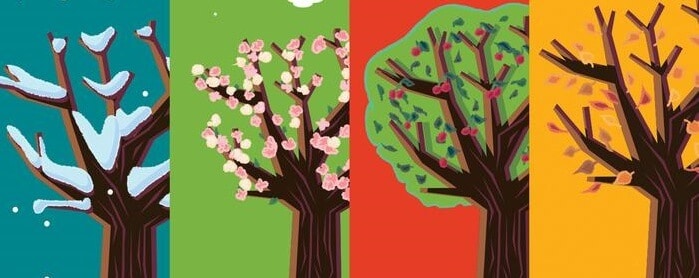Insulation, your refrigerator and even exterior landscaping all have a big impact on whether your home is energy efficient or inefficient.
So far this month we’ve looked at easy energy saving tips and weatherization resources for the home. Today we look at some of the larger items that impact home energy use.
First off, let’s talk about insulation. It’s no surprise that insulation in your attic plays a key role in keeping your home warm in the winter. But without adequate insulation in the home’s basement or crawl space as well, energy efficiency goes right out the window – or actually the inefficiency is sucked right in to the basement or crawl space. This is because of what’s known as the “stack effect.” Heat rises. And as it rises in your home, it can suck cold outside air in from a poorly insulated basement or crawl space. When thinking about adding insulation to improve energy efficiency, think attic first, basement or crawl space second, and walls only after these first two areas have been adequately addressed.
Next let’s look at one of your home’s most energy-hungry major appliances – the refrigerator. The older it is, the more energy it uses simply due to the major advances in energy efficiency realized in this technology over the years. According to Energy Star®, replacing a side-by-side door refrigerator manufactured in 1999 would save you $80 per year in energy costs. If you still had the same style refrigerator originally manufactured in 1979, your savings would be nearly $300 per year. The Energy Star® website has similar information for all sorts of appliances and household electronics, and is a great resource to consult when looking to replace a worn out item. And don’t forget to research any energy efficiency rebates your new purchase might qualify you for!
Finally, let’s explore landscaping as a factor in energy use. According to the Zero Energy Project, in certain circumstances, carefully positioned trees and shrubs can save up to 25 percent of the energy a typical household uses. Energy efficient landscaping has additional benefits as well, such as lower maintenance costs, a reduction in water use, a quieter home and cleaner air. For cool regions such as Minnesota, you can plant dense windbreaks on the windward side of your home to protect it from cold winter winds. You can prioritize the sun reaching south facing windows in the winter by not having plants on that side, or by planting open deciduous trees and shrubs. Alternatively, if summer overheating is an issue, shade the south and west windows from the sun in the summer (again, with deciduous plants). Landscaping is an investment in your home and property as well as a potential investment in energy savings!
